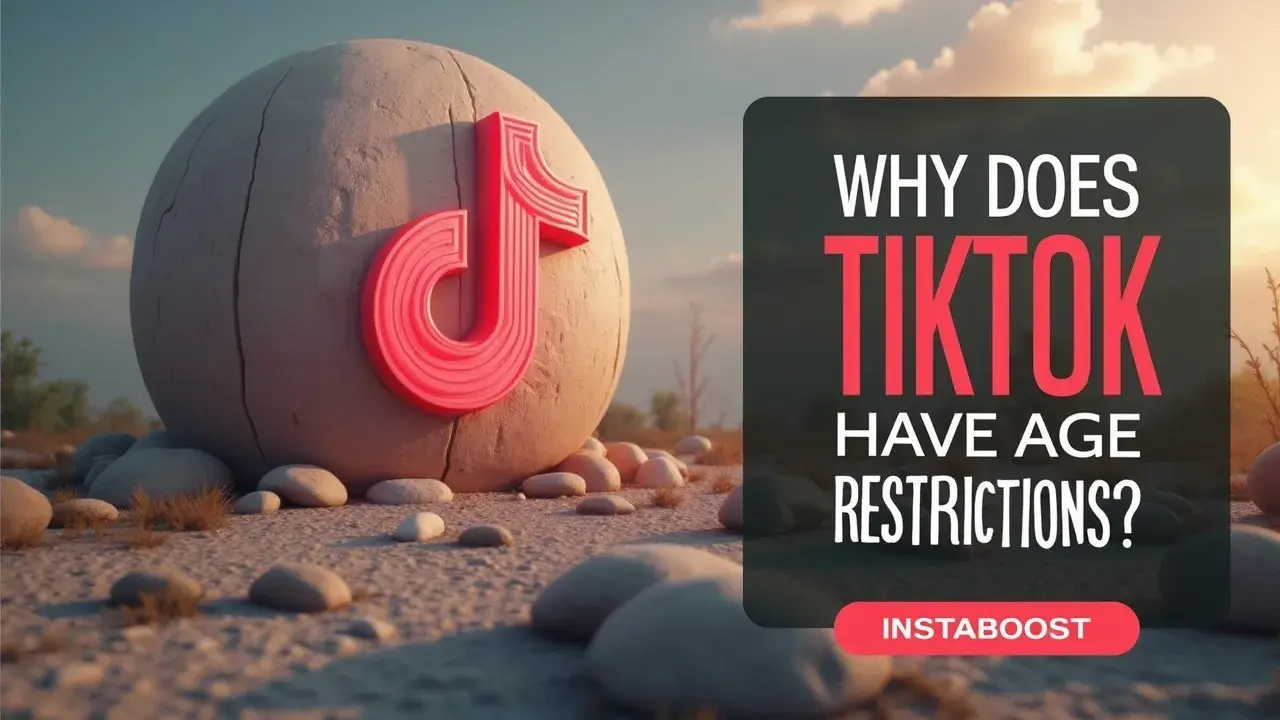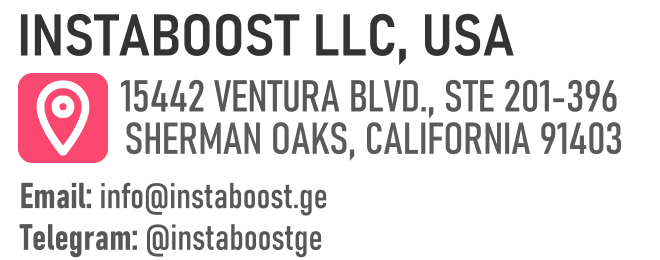Why Does TikTok Have Age Restrictions?
Age restrictions set audience boundaries so creators and brands tailor content to the right viewers. They help keep posts appropriate and make results easier to interpret, such as monitoring consistent watch time holds during the first hour after publishing. When misapplied, reach can narrow unnecessarily, but clear guardrails usually make growth cleaner and testing more dependable. Align content and measurement with the defined age bracket for a smarter path to reliable learning.
Gatekeeping for Clarity, Safety, and Real Reach
TikTok’s age restrictions aren’t just a legal checkbox. They’re a design choice that shapes who you can actually reach, how the experience feels, and how results get measured. When a platform sets age thresholds and teen safeguards, it narrows the field so creators and brands can align content, tone, and calls to action with who’s really on the other side of the screen. That clarity pays off in performance. If you build for a declared age band, you can tune hooks, pacing, and moderation to sustain healthy watch time and retention signals without tripping content filters or mismatching expectations.
It also cuts noise in analytics. Clean segmenting makes your testing loop more reliable – are your first-hour holds rising with the 18 – 24 cohort, or are they being diluted by viewers who can’t legally buy or engage as intended? For marketers weighing TikTok marketing, that focus supports smarter choices.
Use creator collabs that speak to a verified demographic, pair targeted promotion with audience settings matched to purchase intent, and watch real comments for fit and sentiment shifts; practical frameworks and workflows are outlined in resources such as solutions for TikTok creators, which can help sanity-check how you’re gating and measuring.
Use creator collabs that speak to a verified demographic, pair targeted promotion with audience settings matched to purchase intent, and watch real comments for fit and sentiment shifts; practical frameworks and workflows are outlined in resources such as solutions for TikTok creators, which can help sanity-check how you’re gating and measuring.
If your offer is 21+, age gating protects you and your viewers while keeping momentum through age-appropriate creative and a clear TikTok bio that sets expectations. If you’re building for teens, lean on platform tools – restricted features, privacy presets, and comment controls – to keep interactions safe and on-topic. The goal isn’t to shrink your reach. It’s to make every view count by matching message to maturity. Done well, age controls become a growth lever, turning early momentum into clean analytics and repeatable wins.

Proof of Intent: Why Restrictions Boost Trust and Performance
I’ve heard the same excuse from 12 teams, and it doesn’t hold up. “Age gates kill reach.” In practice, TikTok’s age restrictions act like a credibility layer. They set expectations, shape tone, and signal that your brand respects context. That alignment helps the algorithm read you, with cleaner watch time curves, fewer mismatched viewers, and comments that reflect real intent instead of random scroll-bys. If you’re selling to adults, building for a declared age band tightens hooks and pacing so you keep retention signals without tripping content filters. It also keeps your analytics honest.
When minors are filtered out, your click-through and conversion rates map to the audience that can legally act. That’s not a brake – it’s a filter that speeds up testing loops because you’re optimizing against buyers, not noise. Pair a clear TikTok bio with one proof point – a credential or case stat – and your profile taps convert at a steadier rate. You’ll see it in first-hour holds and real comments, not just views. Ads and promotions work when they’re reputable, matched to intent, and measured against the right age cohort. Creator collabs get safer and stronger because you can brief for tone and disclosures without guesswork, and moderation stays proactive rather than defensive.
If you need broader awareness, work with top-of-funnel creators within the allowed bands, then retarget of-age users with offers. The path is compliant and compounding. The lesson isn’t to avoid restrictions – it’s to treat them as a design choice. Define who’s on the other side of the screen, then build content and calls to action that fit, and remember that even simple heuristics, like not chasing vanity metrics or order tiktok followers, reinforce the same discipline. That’s how TikTok age restrictions create real reach.
Designing for the Right Viewer: Turn Age Gates into Tactical Focus
Momentum isn’t magic. It’s architecture. Treat TikTok’s age restrictions like scaffolding and your plan gets sharper and your outcomes cleaner. Map each video to declared age bands, then tune hooks, pacing, and comment prompts to match cognitive load and cultural references for that group. You’re not shrinking reach. You’re stripping noise so retention stabilizes and analytics read cleanly.
This matters in testing. Age-aligned scripts give you truer A/B reads on watch time holds in the first 3 – 8 seconds and reduce false positives from accidental virality. For brands, this is where smart use beats brute force. Pair creator collabs with audiences that mirror your target demo, layer in targeted promotion from reputable partners, and measure against age-qualified baselines; superficial boosts such as buy tiktok likes muddy the signal and mask whether your hooks actually resonate by cohort. Profile taps, real comments, and saves tell you more than raw views. If compliance feels heavy, treat it as a trust accelerant.
Clean captions, appropriate CTAs, and contextual disclaimers lift ad approval rates and keep content out of filters that throttle delivery. Age gates also make your TikTok bio strategy more precise. State your niche, one proof point, and a fit-specific offer, then track profile conversion rate by age cohort to catch early momentum. When you need paid accelerants, choose qualified placements and set frequency caps for the right bracket so you amplify what already resonates instead of inflating vanity metrics. The upside compounds. You get safer moderation, fewer mismatched expectations, and a feedback loop you can actually learn from. Age restrictions don’t just protect users. They give you a clearer field to build durable reach with intent.
The Myth of “Less Reach,” The Reality of Better Fit
The real signal often shows up as the urge to walk away. That usually means your message is finally specific enough to repel the wrong viewers – and that’s where TikTok age restrictions pay off. The claim that age gates kill reach mixes up raw impressions with fit-for-purpose distribution.
If you measure the right things – steady watch time through the first hook, real comments from the intended cohort, and clean analytics – you’ll see age filtering trims wastage and lifts the quality of each interaction. This isn’t about shrinking ambition. It’s about shaping the funnel so your creative matches the cognitive load, references, and purchase authority of the right group. Pair age gating with creator collabs that mirror that demographic, targeted promotion from reputable partners, and a tight testing loop; when you need a simple diagnostic for distribution health, compare organic velocity curves against data from tools like boost tiktok views to separate algorithmic quirks from audience fit.
Retention signals smooth out and conversion paths get shorter. If you need early momentum, use paid boosts selectively to seed content where it belongs, then let on-platform search behavior and relevant hashtags compound. For brands uneasy about reducing younger spillover, frame it as a safeguard. Compliance upfront lowers moderation risk and boosts trust signals, which TikTok’s system tends to reward. The kicker is that age restrictions make your learnings replicable. Because your audience inputs are controlled, you can iterate hooks and pacing with confidence and stop mistaking noise for insight. That’s how you get durable performance on a platform where viral is fickle. Age gates don’t limit you – they focus you, so you can scale what actually converts on TikTok, not just what briefly trends.
Turn the Gate into Momentum
Now that you’ve spotted the cracks, build through them. Use TikTok’s age restrictions as a nudge to simplify your system. Pick a lane, calibrate for that lane, then feed it with steady proof. If your audience is 18 – 24, say it in the bio, anchor one proof point – a win, credential, or result – and add a clean CTA that matches intent, like a sample, waitlist, or quiz. This doesn’t choke reach. It channels it, so retention signals and real comments come from the people you actually want.
Pair targeted promotion with creator collabs that already index for your age band; even small distribution tweaks, including how you buy shares for TikTok videos, should map to the audience you’ve defined. Qualified partners with aligned tone lift early momentum without muddying analytics. Run a tight testing loop: two hooks, two pacing choices, one comment prompt per age band, and track first-hour watch hold and profile conversion. If an older or younger cohort shows up, treat it as a diagnostic, not a failure. Tune cultural references or reading level until the wrong viewers opt out. When you need acceleration, paid works when it’s matched to audience fit and protected by frequency caps.
Low-quality traffic only bloats impressions and distorts learning. The upside compounds. Cleaner datasets make the next 10 videos sharper, and the distribution algorithm reads a stronger fit signal.
The quiet win is focus discipline – age gates force you to choose cultural shorthand and cognitive load on purpose, which makes your message legible at scroll speed. That’s how less reach becomes better fit, and better fit becomes durable growth. Work the constraints and your scaffolding becomes a repeatable engine – clean analytics, steadier retention, and a brand that knows exactly who it’s for.















